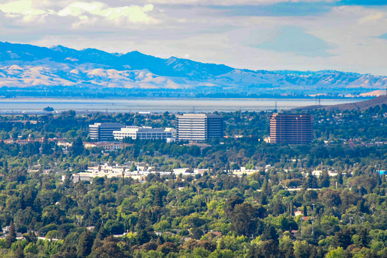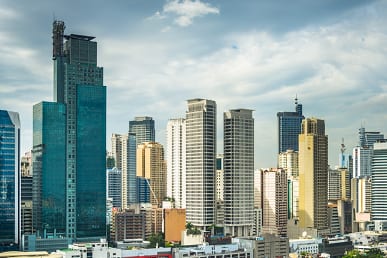Over the past week I received a flood of questions in response to my column on Visa Screens being required for Nurses and Physical Therapists at the time they file for adjustment of status or the green card. Many of the same questions and issues were raised requesting more information on immigrating as a Nurse or Physical Therapist. I have decided to compile and answer some of these issues raised by physical therapists and help outline the process of working as a nonimmigrant in the United States. These questions follow.
I am a physical therapist (PT) and I hear that it takes the U.S. Consulate in Manila over two years to process my green card application by my employer in the U.S.? Is this true, and if so how can the Consulate expect my employer to hold the job position open for two years?
The processing time for green card sponsorship does take approximately two years from start to finish. U.S. employers must first petition the CIS (formerly the INS) for PTs to work in the U.S. Once the CIS has approved the petition, the approval is forwarded to the U.S. Consulate in Manila. The Consulate takes about three months to complete its processing and issue the immigrant visa.
But, PTs can come to the U.S. sooner in a nonimmigrant visa category called H-1B. The H-1B is a specialty worker visa that also needs a U.S. employer to petition the CIS. Unlike the green card, the CIS can process the case in 15 calendar days for an additional filing fee of $1000. This is considerably faster than the normal processing time of six to eight months at the various CIS processing centers. The H-1B is usually issued in three-year increments and is capped at six years. Once the CIS approves the petition, it sends a copy to the U.S. Consulate. The PT must then apply for the H-1B visa at the Consulate. Once the visa is issued the PT may come to the U.S. to begin working for his employer.
I am a PT in the Philippines. Is it true that in order for me to get an H-1B visa I must be licensed in the U.S.? How do I get a U.S. license if I am in the Philippines?
This is a very common concern and big misconception amongst PTs. First, a PT does not need to be licensed in the U.S. in order to get an H-1B visa. As a practical matter, however, many employers in the U.S. cannot make use of a PT if the PT is not licensed in the state of intended employment. Some employers will sponsor PTs on the condition that they obtain their license as soon as possible. The licensing exams are given in the U.S. and at a few international locations such as Singapore. Because it is difficult for foreign PTs to sit for the licensing exam unless they are in the U.S., the CIS and the State Department allow PTs to obtain a one-year H-1B visa. This allows the PT one year in which to obtain the state License. The PT must have the license in order to extend his H-1B visa status. If a license is not obtained, the H-1B extension will not be issued.
What is this visa screen that a PT has to get? When do I have to get it, and do I need one for my H-1B visa or only for my green card?
The visa screen is a mechanism meant to address the concern that PTs be able to perform at the level of U.S. workers in medical knowledge and that they can communicate in English effectively. All PTs coming to the U.S. to work as a PT, whether in H-1B status or as an immigrant (green card applicant), must obtain a visa screen certificate. This certificate is issued by either the Commission on Graduates of Foreign Nursing Schools (CGFNS) or the Foreign Credentialing Commission on Physical Therapy (FCCPT).
The Visa Screen evaluates the PT’s education credentials, all licenses held by the PT, and English language proficiency as determined by ETS administered tests. New regulations require that a Visa Screen issued by CGFNS or FCCPT be presented to the Consulate with the visa application. No visa may be issued without the Visa Screen.
What is the English language test for PTs?
A PT can only take the English exam administered by ETS. This is a three-part exam requiring a TOEFL paper score of 560 or computer score of 220; a Test of Written English (TWE) score of 4.5; and a Test of Spoken English (TSE) score of 50. The exam scores are valid for two years. The PT may obtain a waiver of language exam if he obtained his PT education in Australia, New Zealand, United Kingdom, U.S., Ireland, and Canada (except Quebec).
There are a lot of misconceptions and myths about immigrating as a Physical Therapist, that if acted upon, can hurt one’s case. Obtaining permanent residency through sponsorship as either a nurse of physical therapist is still one of the easiest and quickest methods when done properly.





